Image Prompt

Image prompt
More Posts from Outofambit and Others









The city breathing, burning, living the life they had preserved. Ten million lives and more. If something should happen to all that life- how terrible! Nita gulped for control as she remembered Fred’s word of just this morning, an eternity ago. And this was what being a wizard was about. Keeping terrible things from happening, even when it hurts. Not just power, or control of what ordinary people couldn’t control, or delight in being able to make strange things happen. Those were the side effects- not the reason, the purpose.
January fanbinding - What the butterflies said


Set myself a 2023 challenge to do a bookbinding project each month for an "actual book", i.e. something with written content rather than blank paper (or where I've made the content, as i partly want to make myself figure out formatting and dealing with an externally defined length). Also trying to use different styles of binding, so some added fun there figuring out what works for each!
I've just finished a reread of the Young Wizards books, so for my first project & pamphlet bind went with a YW fic, the wonderfully heartbreaking 'what the butterflies said' by @sunrisenebula

...Okay, this is a lovely shout-out. And to be mentioned in the same neighborhood as both Ursula Le Guin and Terry Pratchett and @neil-gaiman is seriously something I have to take a breath to recover from.
...Okay, better now. :)

Terraformation of Mars: A New Look
We look at Mars now as a forgotten Red Planet that almost seems barren and life-less judging from our available images and study of it. But study shows Mars was once as ecologically prosperous as our own Earth. But what happened to all of its waters? Better yet why is it so dry and lacking any plants? Once the abundance of oxygen left and the waters froze over or dried off the planet became what it is today. But what if we can in a way reactivate’ Mars? Welcome to Mars, Terraformed’.
About Terraforming
Transforming Mars will be a long and complicated process. But this is exactly the type of subject that interests space researchers like Christopher McKay of NASA Ames Research Center. First, greenhouse gases, like chlorofluorocarbons that contribute to the growing ozone layer on Earth, will be released into the atmosphere. This traps the heat from the Sun and raises the surface temperature by an average of 4 degrees Celsius. In order to achieve this, factories would manufacture chlorofluorocarbons derived from the air and soil. A single factory would require the power equivalent of a large nuclear power plant.
The increasing temperature would vaporize some of the carbon dioxide in the south polar cap. Introducing carbon dioxide into the atmosphere would produce additional warming, melting more of the polar cap until it has been vaporized completely. This would produce an average temperature rise of 70 degrees Celsius.
With the temperature this high, ice will start melting, providing the water needed to sustain life. This water would raise the atmospheric pressure to the equivalent of some mountaintops. While this would be a survivable level, it may still require the use of an oxygen mask. The next step, which may take up to several centuries, would be to plant trees that thrive on carbon dioxide and produce oxygen.

NASA: Terraforming Mars
Terraforming is the process of transforming a hostile environment into one suitable for human life. Being that Mars is the most Earth-like planet, it is the best candidate for terraforming. Once just the subject of science fiction novels, it is now becoming a viable research area. The famed astronomer and Pulitzer prize winner, Carl Sagan, says that there is enormous promise in the search for ancient life on Mars. If life was once sustainable on Mars, it is important to know what caused Mars to evolve into the cold and lifeless planet it is today. With this knowledge, we can terraform Mars by reversing the process.
NASA scientists believe that it is technologically possible at the present time to create considerable global climate changes, allowing humans to live on Mars. But this will not be by any means an easy task. Raising the atmospheric pressure and surface temperature alone could be achieved in a few decades.
This research has strong environmental implications for Earth. What researchers are trying to do involves global warming, a sort of greenhouse effect on the cold planet Mars. Scientists may be able to test their hypotheses about global warming in their attempts to elevate Mars’ surface temperature. Likewise, once theories, they may be applied to our own planet in an attempt to reverse environmental damage done by pollution and deforestation.
“Even without the high angle of a few moments ago to give the Sun something to reflect from, there was no mistaking the small, angular shape hunkered down against the rising ground in the near distance, its little camera pole sticking up…
…there was no use kicking up more dust on the hardworking little machine- it had more than enough trouble with what the winter dust storms left layered on its solar panels. The scientists at NASA had for the past couple of years been surprised and pleased that the Spirit and Opportunity rovers had managed to keep working for so long: mostly, they theorized, because of passing dust devils that blew the accumulated storm dust off them. The wizards who came up here every now and then with cans of compressed air and puffer brushes while the probes were asleep were delighted to let the scientists think that- and careful not to remove enough dust at any one time as to make them suspicious.”
-Diane Duane @dduane, A Wizard of Mars

"With!!"

“With!”
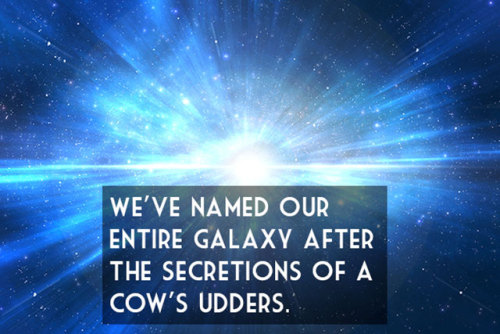
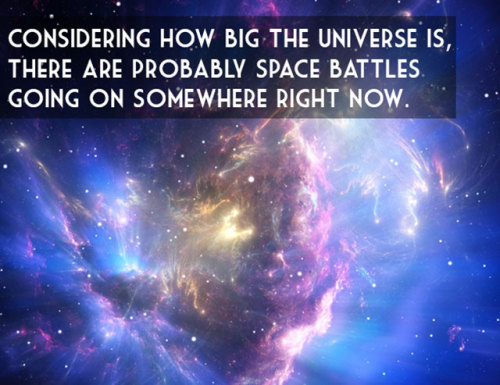
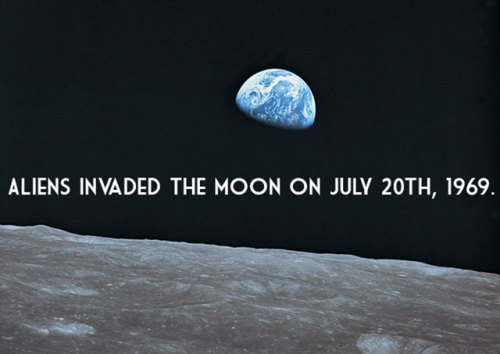
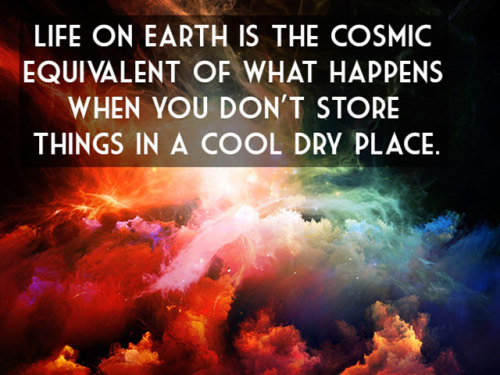
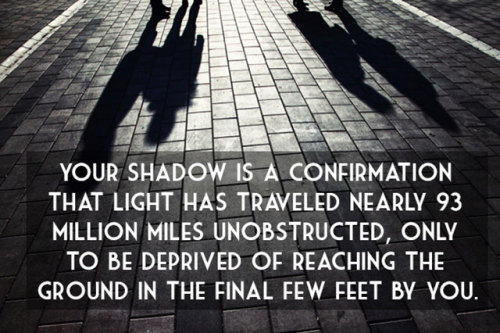
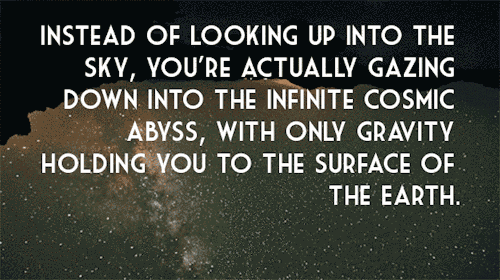
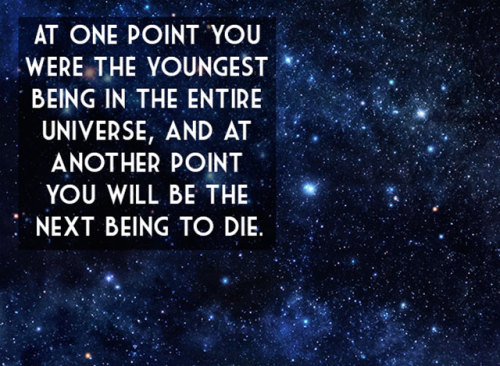
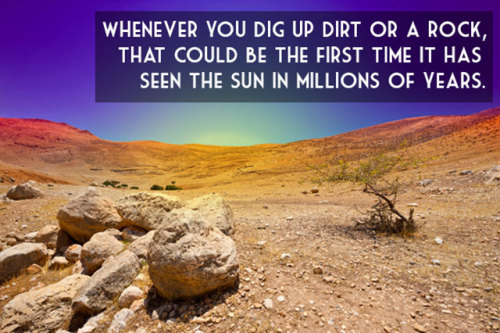
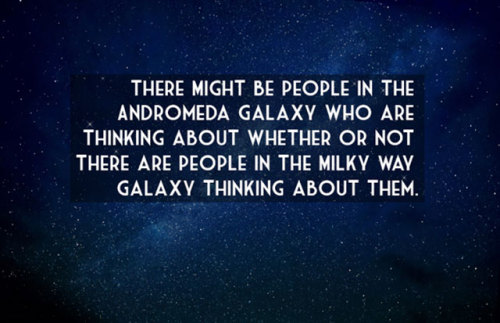
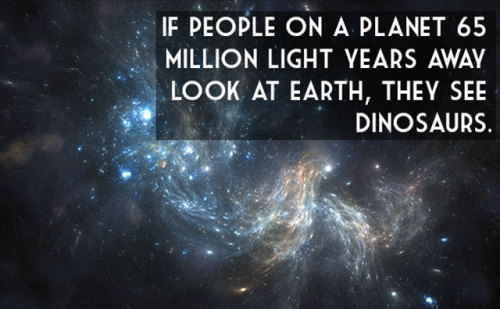
Thoughts that will change the way you think about the universe and your existence
At least once Nita makes it to college she won’t have to keep asking her dad or counselor to cover for her when she has to miss school. If one of my students emailed me saying they were going to miss class because they had to stop the universe from tearing itself apart I’d be like ‘cheers I’ll drink to that bro’
NGC 4725, NGC 4747, and NGC 4712



-
 pepsi-pencil liked this · 6 months ago
pepsi-pencil liked this · 6 months ago -
 artisio reblogged this · 6 months ago
artisio reblogged this · 6 months ago -
 artisio liked this · 6 months ago
artisio liked this · 6 months ago -
 possiblythreefourthspeahen reblogged this · 6 months ago
possiblythreefourthspeahen reblogged this · 6 months ago -
 thegoldroses liked this · 1 year ago
thegoldroses liked this · 1 year ago -
 insanityall liked this · 1 year ago
insanityall liked this · 1 year ago -
 glassatn liked this · 1 year ago
glassatn liked this · 1 year ago -
 morphinez liked this · 1 year ago
morphinez liked this · 1 year ago -
 thefourthwallhasbroken reblogged this · 1 year ago
thefourthwallhasbroken reblogged this · 1 year ago -
 olmag99 liked this · 1 year ago
olmag99 liked this · 1 year ago -
 kinshenewa liked this · 2 years ago
kinshenewa liked this · 2 years ago -
 bookdragonideas liked this · 2 years ago
bookdragonideas liked this · 2 years ago -
 pharaoh-ferrous liked this · 2 years ago
pharaoh-ferrous liked this · 2 years ago -
 dymenthious liked this · 2 years ago
dymenthious liked this · 2 years ago -
 unreasonablereasoner liked this · 2 years ago
unreasonablereasoner liked this · 2 years ago -
 possiblythreefourthspeahen reblogged this · 2 years ago
possiblythreefourthspeahen reblogged this · 2 years ago -
 aceofhearts124 liked this · 2 years ago
aceofhearts124 liked this · 2 years ago -
 alexandershadowpuppet liked this · 2 years ago
alexandershadowpuppet liked this · 2 years ago -
 yuri-dere liked this · 2 years ago
yuri-dere liked this · 2 years ago -
 whatmarvellousthings reblogged this · 2 years ago
whatmarvellousthings reblogged this · 2 years ago -
 randomwritingwords liked this · 2 years ago
randomwritingwords liked this · 2 years ago -
 heartytireddanny liked this · 2 years ago
heartytireddanny liked this · 2 years ago -
 shawnkitsune liked this · 2 years ago
shawnkitsune liked this · 2 years ago -
 m-dreamer-is-trans-inclusive liked this · 2 years ago
m-dreamer-is-trans-inclusive liked this · 2 years ago -
 captainstrangesweetscollection reblogged this · 2 years ago
captainstrangesweetscollection reblogged this · 2 years ago -
 i-am-a-lonely-nerd reblogged this · 2 years ago
i-am-a-lonely-nerd reblogged this · 2 years ago -
 i-am-a-lonely-nerd liked this · 2 years ago
i-am-a-lonely-nerd liked this · 2 years ago -
 alvamsystem liked this · 3 years ago
alvamsystem liked this · 3 years ago -
 cerberus17 liked this · 3 years ago
cerberus17 liked this · 3 years ago -
 tezzrah liked this · 3 years ago
tezzrah liked this · 3 years ago -
 chaosofsmarty liked this · 3 years ago
chaosofsmarty liked this · 3 years ago -
 crowbrain-quill liked this · 3 years ago
crowbrain-quill liked this · 3 years ago -
 metaltitanblue liked this · 3 years ago
metaltitanblue liked this · 3 years ago -
 f-unholygrounds liked this · 3 years ago
f-unholygrounds liked this · 3 years ago -
 keiomii liked this · 3 years ago
keiomii liked this · 3 years ago -
 annewrighthglc liked this · 3 years ago
annewrighthglc liked this · 3 years ago -
 amkgal reblogged this · 3 years ago
amkgal reblogged this · 3 years ago -
 amkgal liked this · 3 years ago
amkgal liked this · 3 years ago -
 hyperfixatingfangirl liked this · 3 years ago
hyperfixatingfangirl liked this · 3 years ago -
 bagsaknatao reblogged this · 3 years ago
bagsaknatao reblogged this · 3 years ago -
 bagsaknatao liked this · 3 years ago
bagsaknatao liked this · 3 years ago -
 semiotomatics liked this · 3 years ago
semiotomatics liked this · 3 years ago -
 redscarf2 liked this · 3 years ago
redscarf2 liked this · 3 years ago -
 moekaneko liked this · 3 years ago
moekaneko liked this · 3 years ago -
 snubbybunny liked this · 3 years ago
snubbybunny liked this · 3 years ago -
 listlessfeline liked this · 3 years ago
listlessfeline liked this · 3 years ago -
 microwavemmmmmmmm liked this · 3 years ago
microwavemmmmmmmm liked this · 3 years ago -
 phenix-00 liked this · 4 years ago
phenix-00 liked this · 4 years ago
A personal temporospatial claudication for Young Wizards fandom-related posts and general space nonsense.
288 posts
